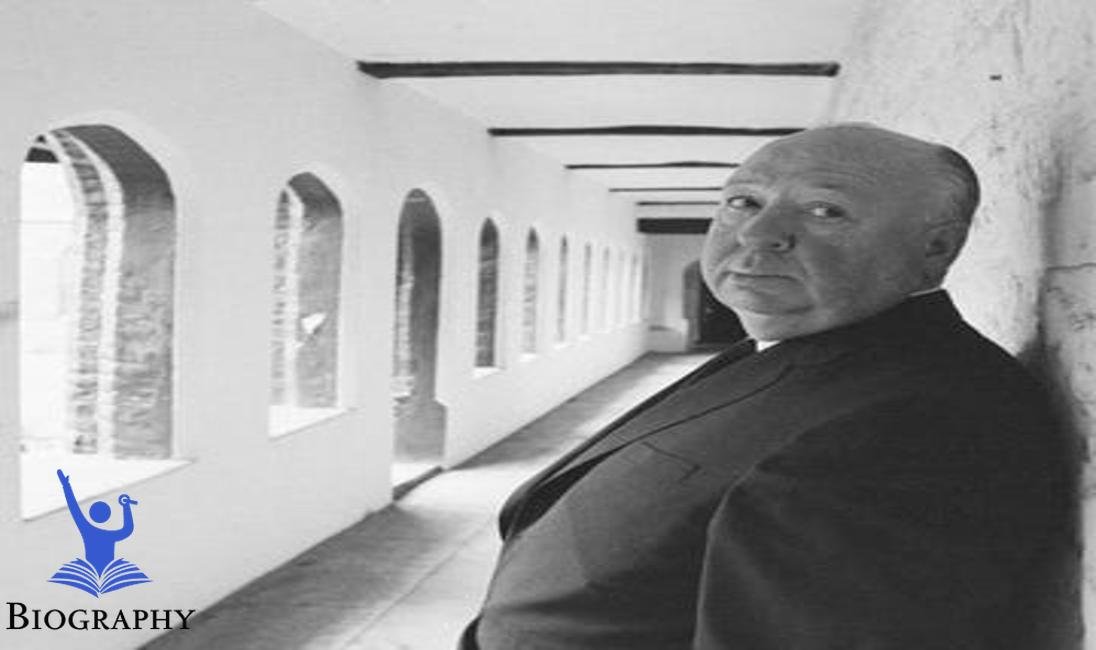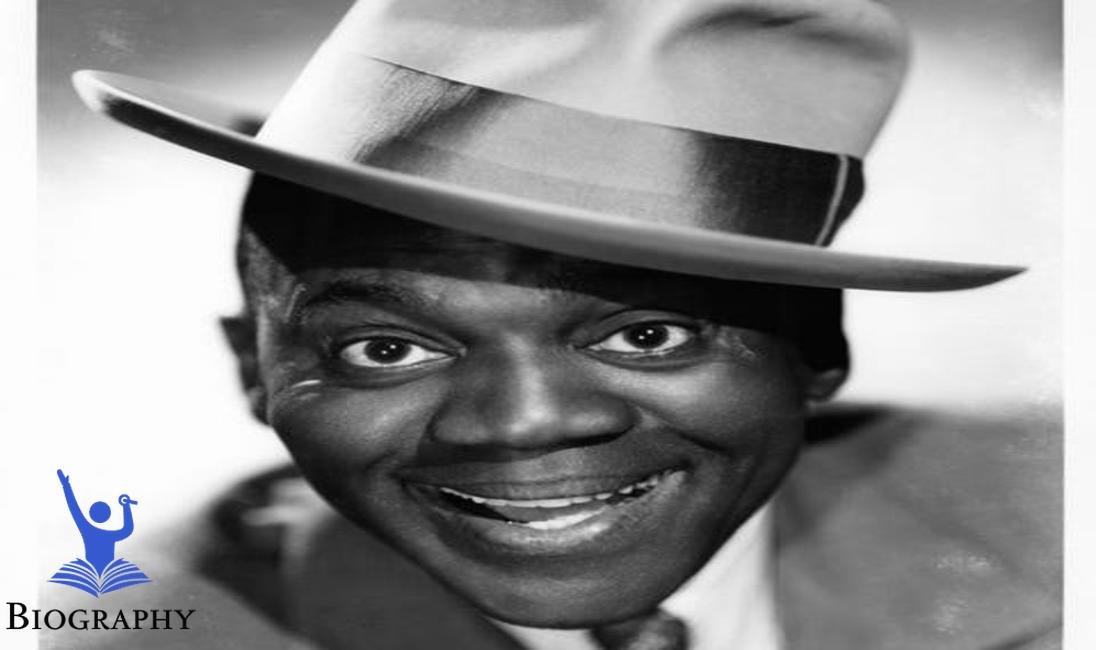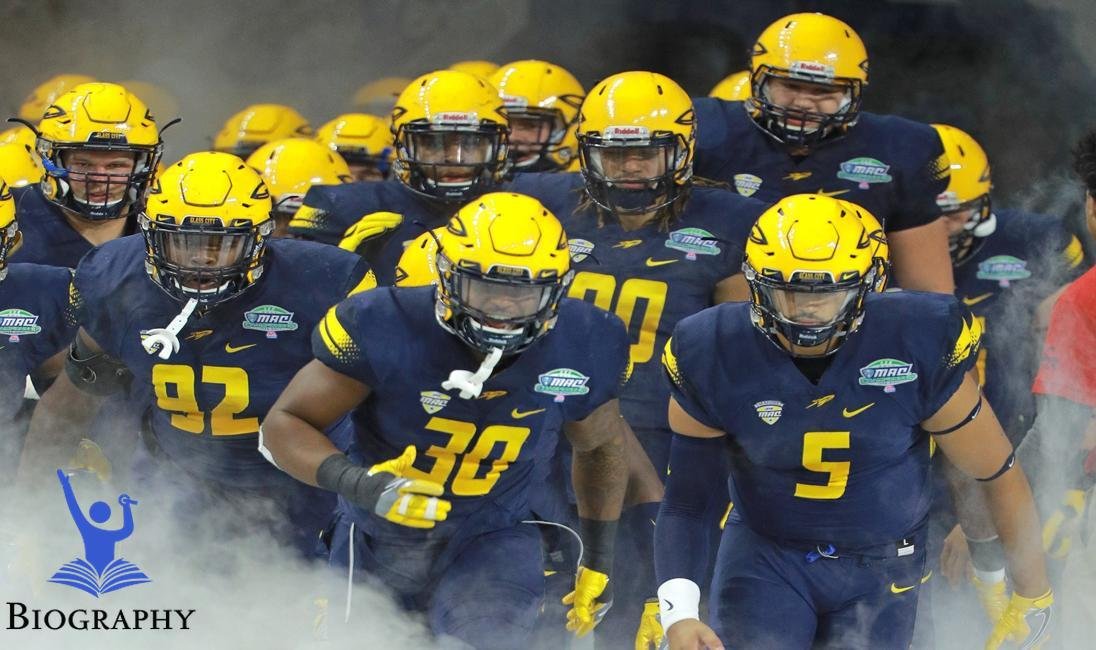Now Reading: Alfred Hitchcock|Biography,Movies,The Birds,Psycho,Vertigo,net worth,Facts & Wiki
-
01
Alfred Hitchcock|Biography,Movies,The Birds,Psycho,Vertigo,net worth,Facts & Wiki

Alfred Hitchcock|Biography,Movies,The Birds,Psycho,Vertigo,net worth,Facts & Wiki
Alfred Hitchcock: The Master of Suspense
Meta Description
Explore the life and work of Alfred Hitchcock, master of cinematic inspiration. Discover the hardships he faced from childhood to his rise to prominence and his hit films like Psycho and Dizziness.
Quick Facts Table
| Attribute | Details |
|---|---|
| Age | 80 (deceased) |
| Weight | Approx. 185 lbs |
| Height | 5 ft 7 in (170 cm) |
| Original Name | Alfred Joseph Hitchcock |
| Eye Color | Blue |
| Children’s Names | Patricia, Alexandra |
| Birthdate | August 13, 1899 |
| Spouse | Alma Reville |
| Home | Bel Air, California |
| Hometown | Leytonstone, London, England |
| Origin | British |
| Exes | None |
| Brand Ambassador Roles | None (focus on films) |
Early Life and Family
Alfred Hitchcock was born on August 13, 1899 in Leytonstone, a suburb of London, Britain. He was the youngest of three children in the Hitchcock family. Her father, William Hitchcock, was a greengrocer, and her mother, Emma Jane, was a housewife. Alfred had a childhood in a conservative Catholic family, which influenced his future career and the subject matter of his films.
From the beginning, Hitchcock showed an interest in the narrative and the visual. He followed his inspiration more in the environment and was influenced by the virtues of his family, who would later become involved in the complex morality of his films
Early Career and Struggles
Hitchcock began his career in the world of entertainment in the mid-1920s. He began as the founder of the silent film title card. His most memorable job was with Islington Studios, an English film organization. When he was at capacity to film, the underlying developments were checked. The trading was brutally chaotic and proved problematic due to an oddly symmetrical open door.
In 1925, Hitchcock edited his memorable silent film, The Delight Nursery . While this was nothing short of a commercial success, it marked the beginning of his journey as a filmmaker. These early years were important when teaching film holding, storytelling, and the importance of visual effects in cinema.
Rise to Stardom
Hitchcock’s breakthrough came in the 1930s. He designed the development of such influential films as The Tenant (1927), Corsian (1929), and The One Who Knows Excessively (1934). Each film showcased his ability to create tension and suspense.
The 39 Stages (1935) is regarded in many ways as the film that catapulted him from English master to worldwide entertainer. The film’s intelligent plot, interactive characters and brilliant cinematography captivated the public. In the late 1930s Hitchcock earned the nickname “master of expectation”, thanks to his brilliant storytelling, and his ability to make the audience as eager and nervous as possible
Success
Hitchcock achieved great success throughout his career, crafting exemplary films that are still celebrated today. Acts like Psycho (1960), Diginess (1958), and Back Window (1954) alternated the thrill of transcendence with disgust.
The basic study of psychology and behavior was turned into practical applications. The embarrassing rain shower and its dramatic twist left a lasting impression on audiences and filmmakers alike. Hitchcock’s intellectual depth and use of recording techniques earned him far greater acclaim and a place in real history. He has received numerous honors, including the esteemed AFI Lifetime Achievement Grant and Foundation Grant designations.
Failure
Despite his tremendous success, Hitchcock faced scrutiny and scenes of despair. Not every one of his films was a hit, some like Marnie (1964) and Family Plot (1976) received mixed reviews. Scholars sometimes found his work too aesthetic or convoluted.
Additionally, Hitchcox’s popularity continued in the late 1960s, when the world of entertainment began to move in different directions and many of his earlier methods seemed outdated for many young filmmakers and members of the public, causing a few industry disappointments.
Television Career
Despite his film career, Hitchcock was also heavily involved in TV. He created and curated the anthology series Alfred Hitchcock Presents, which aired from 1955 to 1965. The show featured a variety of novelties and showcased Hitchcock’s unique mood and potentially outrageous humor through commentary on film so the so
The series was a huge hit and legitimately made TV history, as it ushered in a new era of Hitchcocks unique storytelling style as well as allowing him to experiment with different genres with short story lines, and further cemented his position as an expert on oppression on numerous channels
Humanitarian Work
Although Alfred Hitchcock is primarily known for his realism, he was further associated with philanthropic exercises. While quite secretive about his beliefs, he supported a number of liberal organizations throughout his life.
Hitchcock believed in the importance of schooling and exposure, and added many grants and initiatives that helped young filmmakers and professionals He understood the power of film as a medium to inspire and motivate and empowered others for joining their gifts to important purposes
Personal Life and Controversies
Hitchcock’s personal life, like his films, was confusing. He married Alma Revill in 1926, and they worked together in many businesses. Alma had a profound impact on his career, filling work as a director and screenwriter. Together they had two children, Patricia and Alexandra, who pursued careers in the expressive arts and shared bits of knowledge about their father’s life and work
Hitchcock’s professional-personal relationship was challenged now and again. He carefully controlled his films and stirred up tension with entertainers and team members. His portrayal of volatile relationships in true-life books has sparked discussion about his character, with a few analyzing him as a sculptor with vision, others as an annoying boss
Legacy / Awards
The impact of Alfred Hitchcock on film and storytelling could not be overstated. He changed the thrill and nastiness of riding and inspired countless filmmakers and journalists. His unmistakable style, characterized by intricate detail, psychological depth and creative cinematography, remains a hallmark in the industry.
His films have received various accolades and are habitually the focus of film classes across the planet. Projects like Psycho, Diginess and Back Window are seen as show-stoppers and have influenced the age of filmmakers. The current film’s approach to tension and narrative is to preserve Hitchcock’s legacy, and to acknowledge him as a pioneer in mainstream filmmaking
By dedicating himself to film and TV, Alfred Hitchcock leaves a legacy as a master of inspiration, drawing his name consistently in the annals of real history and his work continues to engage and inspire the masses , and shows the story on film to get stronger.








































